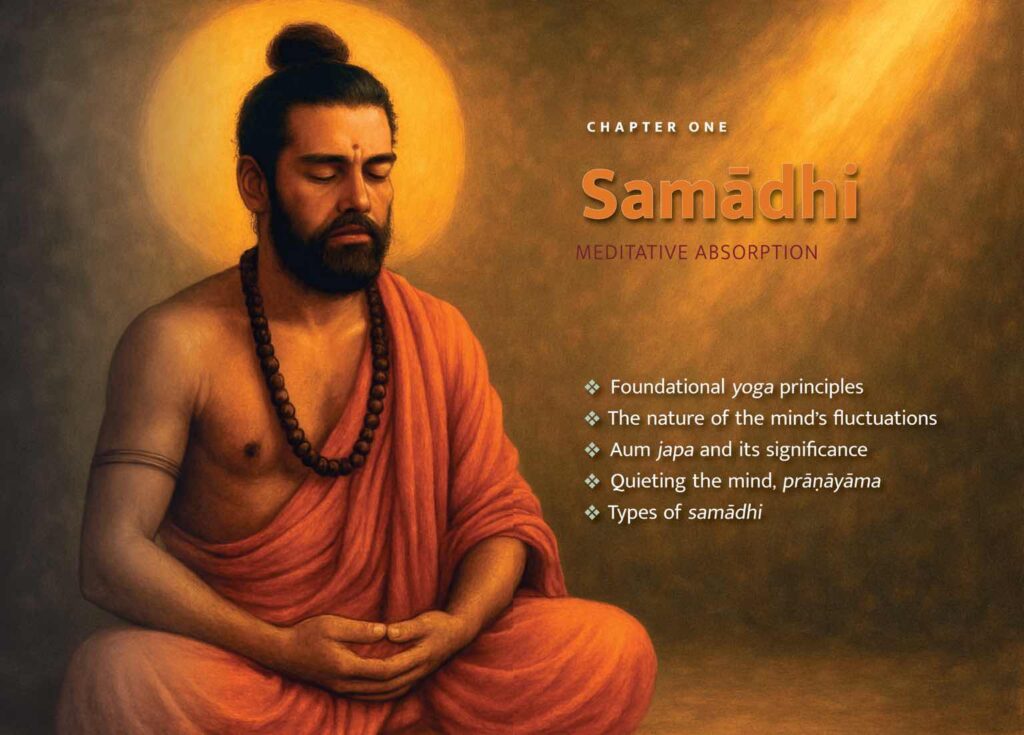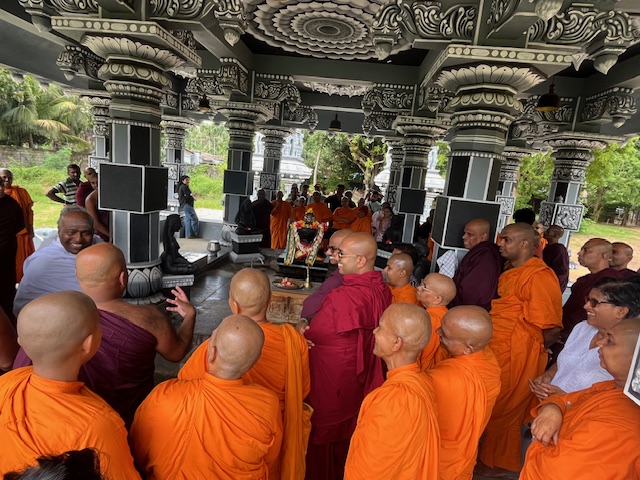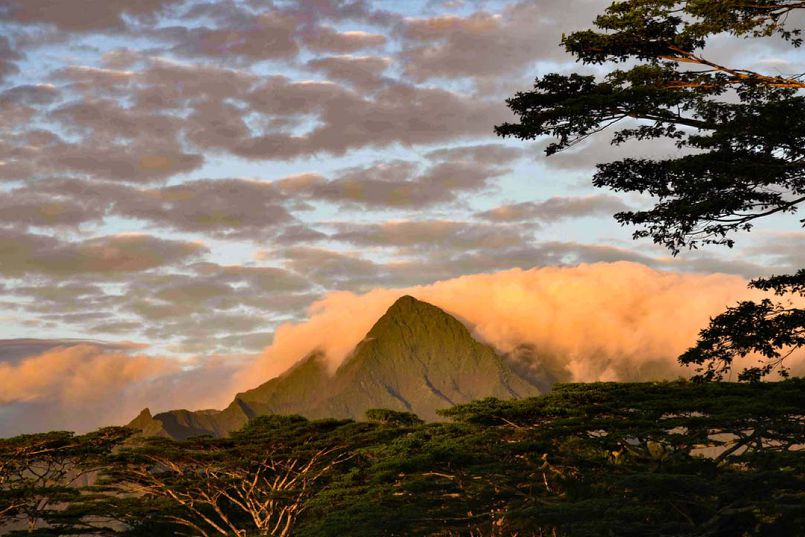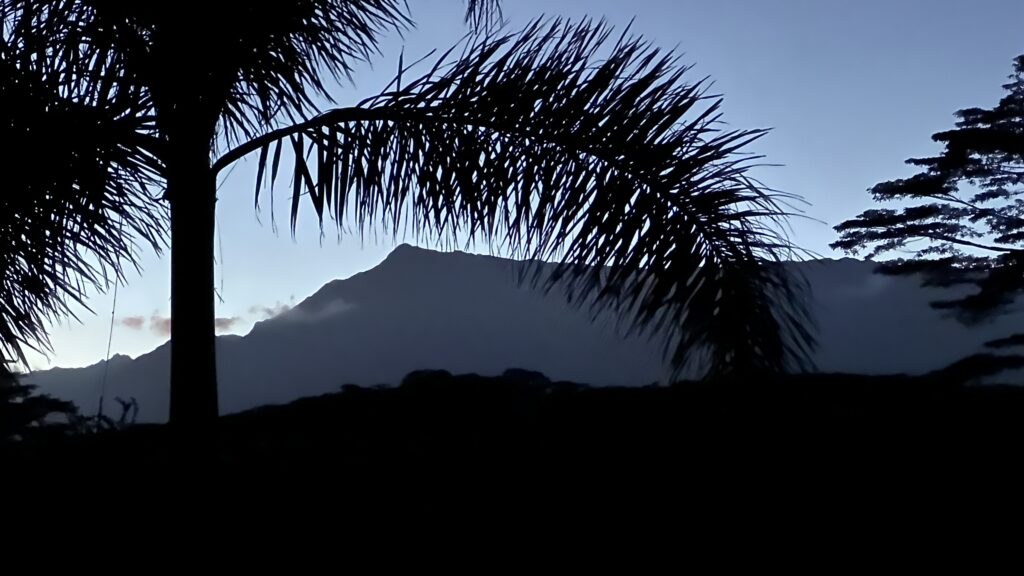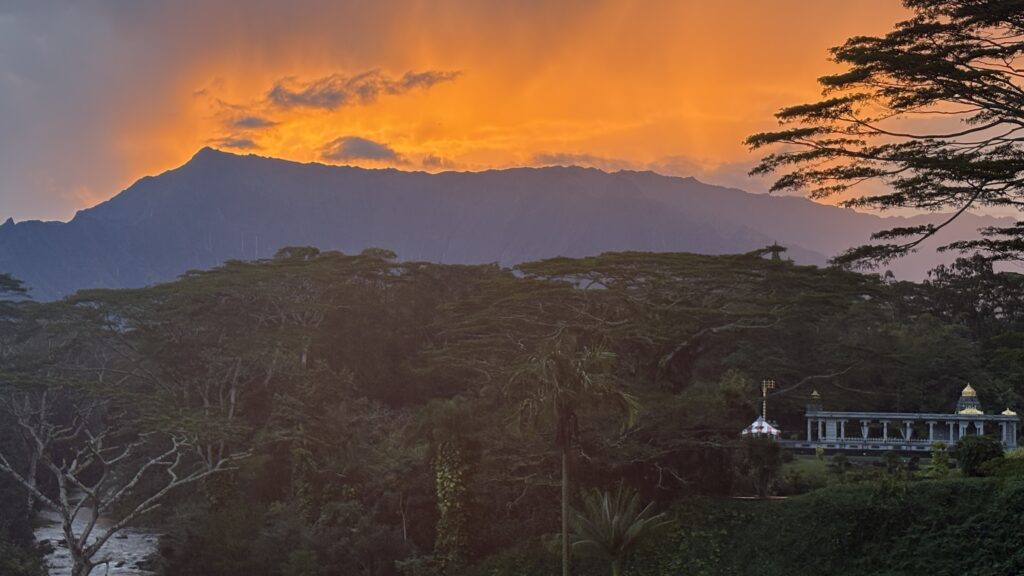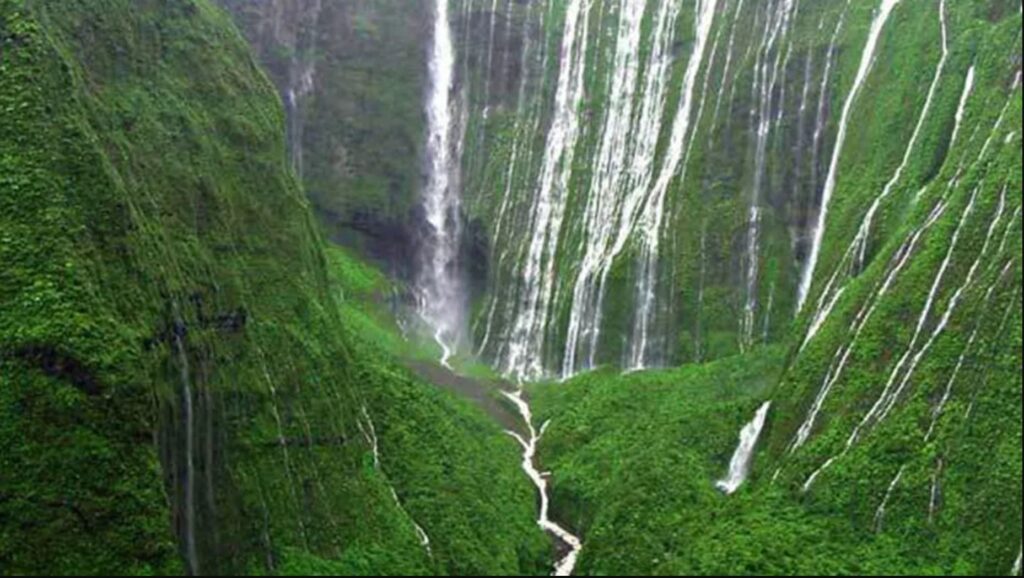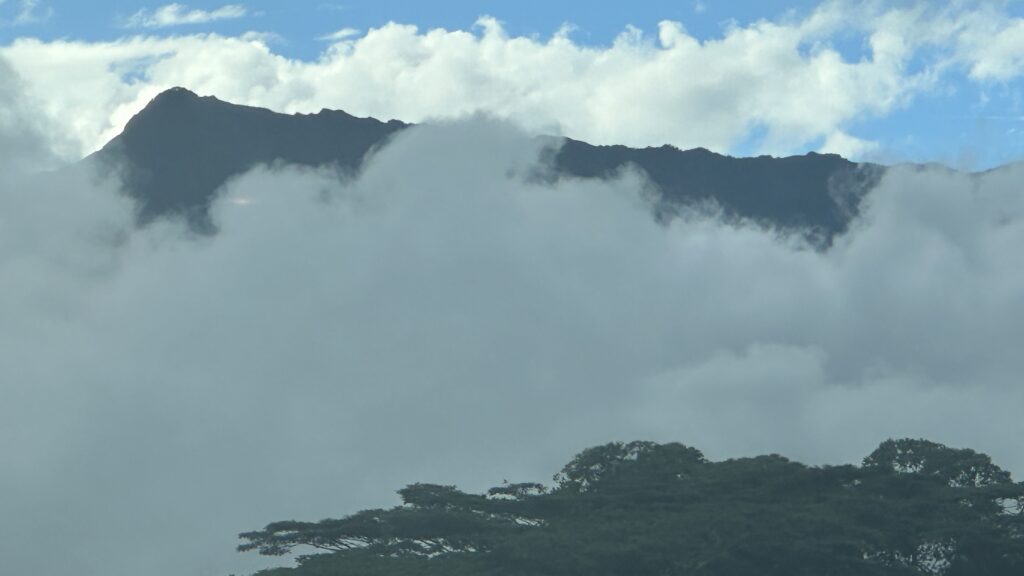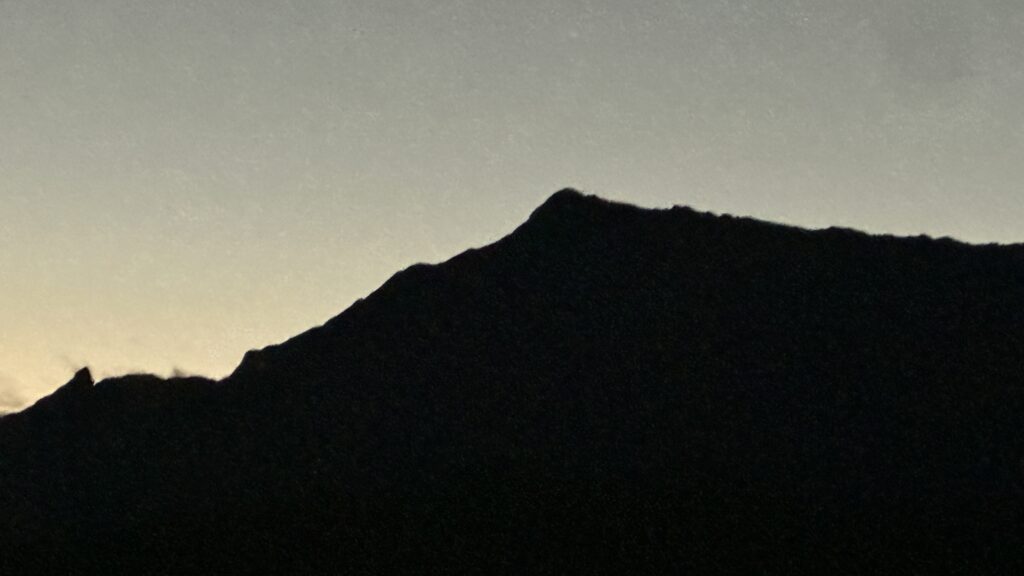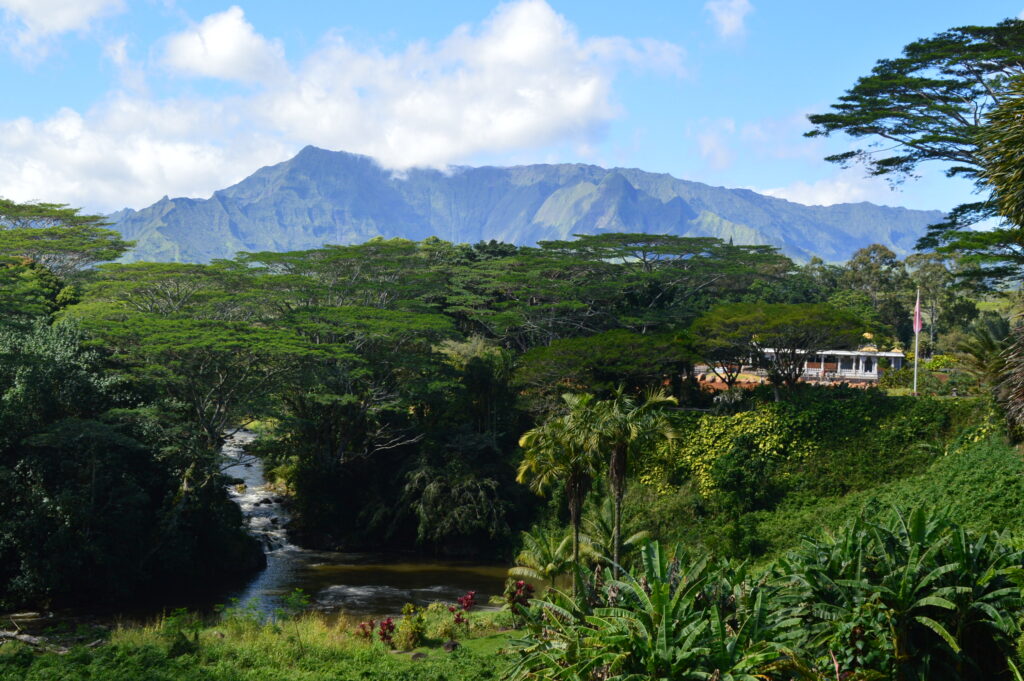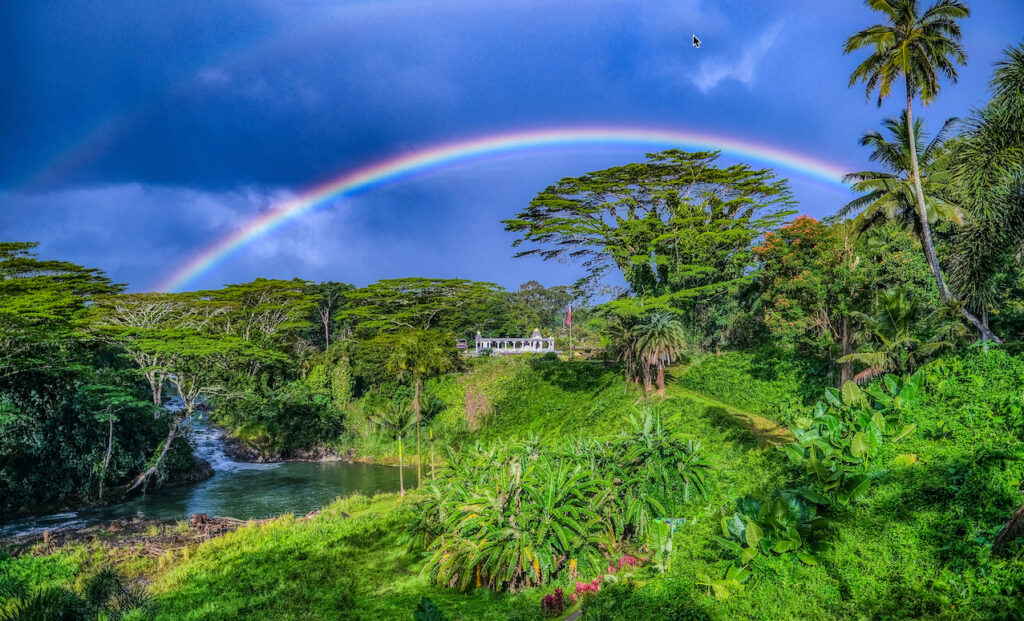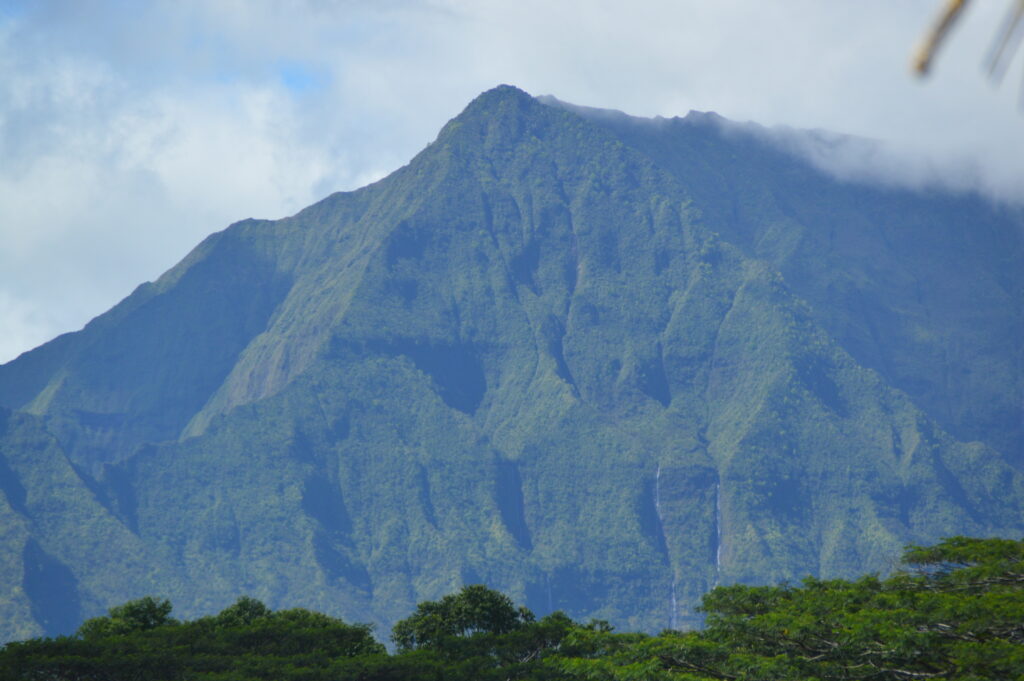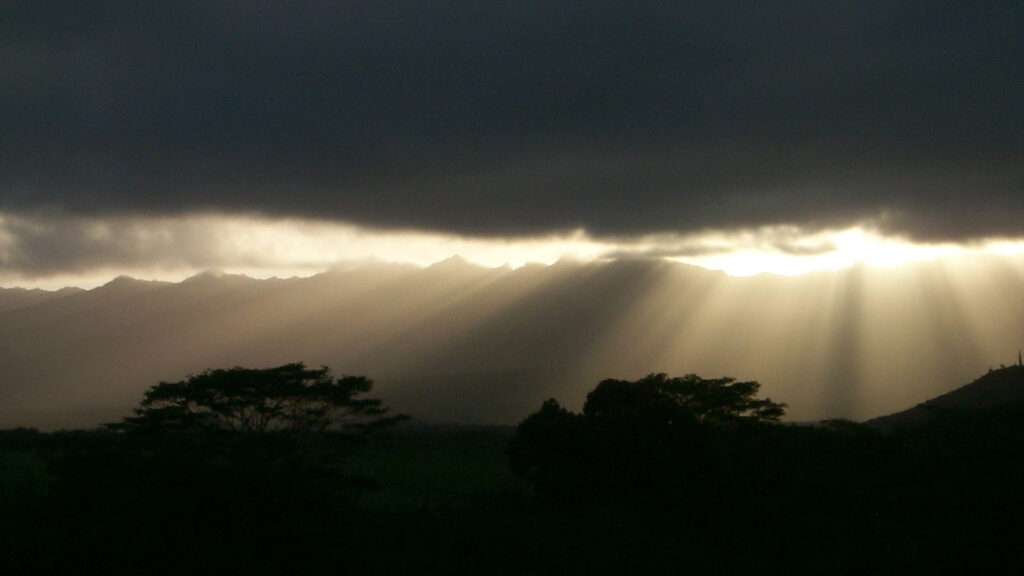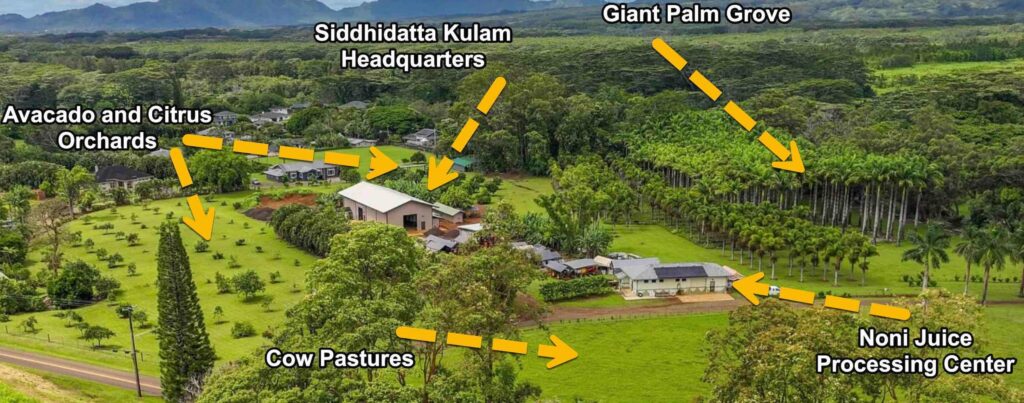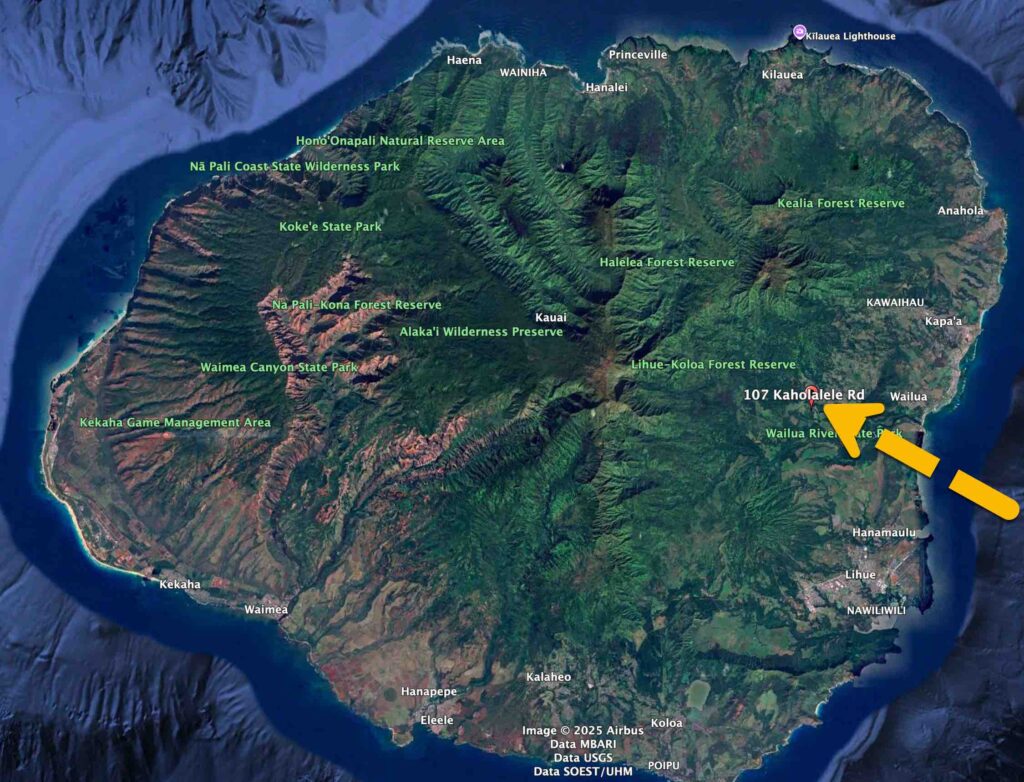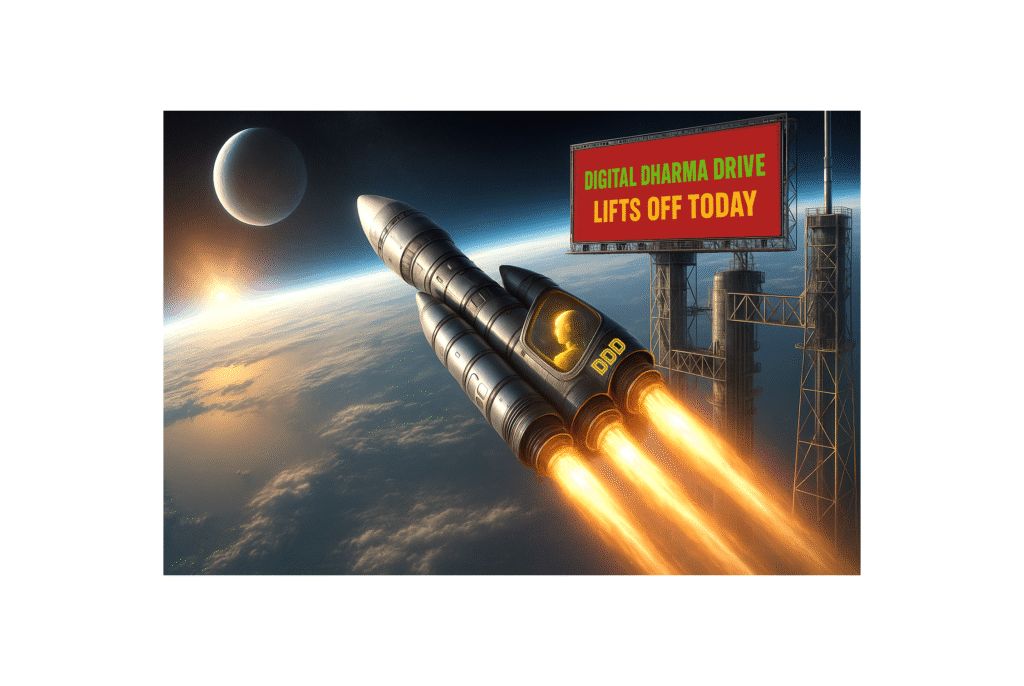More on the Yoga Sutras
A sweet book review came to us from the Big Island and it is worth sharing with all CyberCadets. It speaks of one devotee’s discovery of what Satguru Bodhinatha Veylanswami has achieved with his newest book, Patanjali’s Yoga Sutras. We include below the review and we exerpt one of the slokas and Satguru’s bhashya as an example of the textual structure. You can download the PDF of the entire illustrated book here: www.himalayanacademy.com/books/patanjalis-yoga-sutras/
A Devotee’s Review
Aum Namah Sivaya, Satguru, in prapatti and mingbasida!
My soul soars with joy for the blessing of your gift of this book during Mahasamadhi celebration in October. I’m about a third of the way through in my first of many readings to come and I have incorporated this gem into my daily sadhana and shumnuhms. As in the Saiva Agamas, here Lord Siva imparts directly to us His Supreme Truth and Eternal Wisdom through living sages and satgurus. In this book, H.H. Satguru Bodhinatha Veylanswami bestows this vijnana (supreme wisdom) through his karika (means to liberation), and he draws upon the lotus words of his Paramaguru Sivaya Subranmuniyaswami and the knowledge of all the rishis and sages of Saiva Siddhanta who continue to exist in the second and third worlds watching over us and guiding us.
Through this book the Revealing Grace of Lord Siva becomes accessible to those who seek to purify and mature their souls. This Siva Bhaktar/Thondar has found that reading one, two or three sutras a day, intoning the Sanskrit, and then meditating and contemplating upon the inner deeper meaning of Patanjali’s revealed golden sutras enhanced by the commentaries is how I have chosen to absorb into my heart this quintessence of Saiva Siddhanta’s Monistic Theism.
Satguru Bodhinatha has brought forward into modern English a clear and comprehensible interpretation of ancient knowledge and provided a definitive transliteration of the original Sanskrit. The artwork is phenomenal and inspiring. This is a book to be highly cherished for a thousand and more years to come.
Sample Sloka Translation, 2.1
2.1 tapaḥ-svādhyāyeśvara-praṇidhānāni kriyā-yogaḥ
kriyā-yogaḥ (yoga of action, kriyā), tapaḥ (austerity), svādhyāya (self-study/scriptural study), īśvara-praṇidhānāni (devotion, praṇidhānam; to God, Īśvara)
Kriyā yoga consists of austerity, self-study and devotion to Īśvara.
Commentary
In modern Hindu teachings, kriyā yoga generally refers to a spiritual path that includes techniques of meditation, particularly those that focus on breathing techniques, prāṇāyāma. Here, however, the term simply means the “yoga of action.” Kriyā could also be rendered in English as “the yoga of religious action.” It is threefold.
Tapas, austerity, may bring to mind images of yogīs wintering in Himalayan caves or bathing in the freezing waters of the Gaṅgā. Though tapas does include such intense practices, it also includes moderate disciplines that can be done by all. A simple form of tapas is sacrifice. Sacrifice is the act of giving up a cherished possession, be it money, time or a treasured item.
Svadhyāya involves both the study of sacred texts and introspection. It implies a process of learning about one’s own true nature through study of important spiritual texts, reflection and meditation. Chosen texts may vary depending on the cultural and religious context, and might include works like the Vedas, Upaniṣads, Bhagavad Gītā, Yoga Sūtras, and other scriptures that lead to greater understanding of oneself and the universe. Commentators sometimes include as an element of self-study, svādhyāya, japa, recitation of the sacred syllable AUM and other mantras.
Īśvarapraṇidhāna is total surrender to God. Though yoga as taught today tends to altogether leave out the concept of the personal God, Īśvara, the Yoga Sūtras give a central place of importance to worship and devotion to Īśvara.
From Satguru Sivaya Subramuniyaswami
External worship, bhakti yoga, is taught first on the spiritual path, because it produces a softened, mellow heart. It is to waste the guru’s time to give training in meditation and contemplation before the heart has been softened through bhakti yoga. The patient guru will wait until this has happened within the devotee. Otherwise, any accomplishment attained through intense raja yoga practices will not be sustained. And the problems that arise within the devotee’s subconscious mind—should he be taught raja yoga before the proper preparation has been mastered—will go back on the guru. (Merging with Śiva, Lesson 141: “Softening of the Heart”)
More on the Yoga Sutras Read More »
